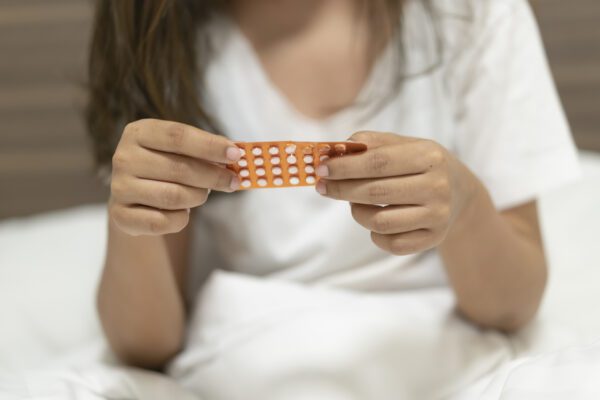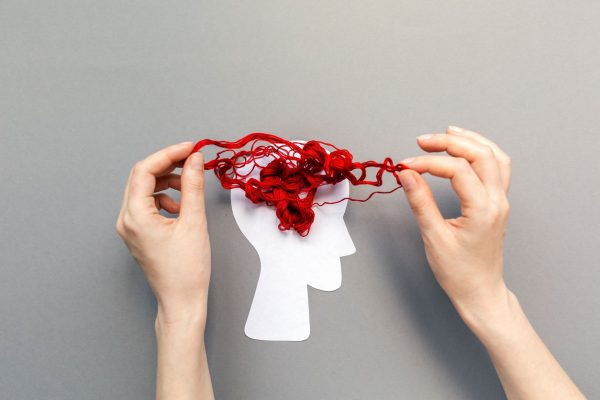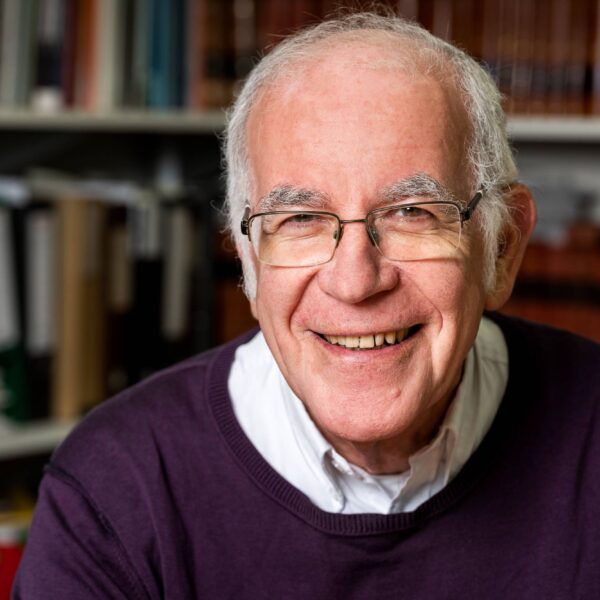Swaab Group
Alzheimer's disease, Parkinson's disease, Depression & suicide

Getting an insight into the mechanisms that underlie disorders such as depression and Alzheimer’s will help to find better treatments. Biomarkers, for instance, can distinguish suicidal depressive people from non-suicidal ones, which may help with timely treatment. Understanding the developmental stages of Alzheimer’s may help with postponing its onset.
The hypothalamus regulates and integrates a wide variety of endocrine, autonomic and behavioral processes which are essential for the organism’s survival and reproduction. The hypothesis that guides our research is that disturbances of the functional activity of the human hypothalamus may develop into neurological, psychiatric or (neuro)endocrine disorders.
The present research is focusing on two research objectives:
The aim of both research lines is to find putative factors and targets for therapeutic strategies.
Brain researcher Dick Swaab distinguishes between people who are ‘merely’ depressed, and depressives who would rather be dead. Both kinds of depression involve a disrupted stress system, which causes sufferers to overreact to certain events. Their brains show whether they are a suicide risk or not, says Swaab. ‘Examination of postmortem brain tissue shows that, in the first group, the dorsolateral prefrontal cortex, a specific area within the cortex, is activated. In people who commit suicide we mainly see activation in the frontal part of the cingulate cortex.’
Swaab now wants to investigate whether he could make the activity in these two brain areas visible in living subjects, so that it will become possible to predict if someone is a suicide risk. For this he uses an MRS-scanner: a scanner that creates an image of the chemical composition of the brain. Swaab: ‘If we are able to show these differences in activation, then that would give us a much better idea of whether someone might commit suicide than questionnaires, because questionnaires are really no predictors of suicide.’ In terms of preventing suicide, prescribing antidepressants to all depressives is no use, he says. ‘Those pills do not work for everyone, and we are a long way from being able to predict for whom they will work and for whom they won’t. That, too, is a research line.’
Another one of Swaab’s scientific hobby horses is Alzheimer’s disease. His research particularly focuses on the earliest stages of this disease. For this research he uses brain tissue of elderly people whose brains came to the Netherlands Brain Bank as healthy control brains. While they were alive these people functioned just fine: they did not have memory problems or any other symptoms of Alzheimer’s. Scientists distinguish six stages in Alzheimer’s disease. If they look at these in order, they are able to follow, at the molecular level, the disease process from start to finish. By linking this information to that from the medical files, they can relate the changes in the brain to the functioning of these brain donors.
Swaab: ‘The first three Alzheimer stages, where a specific group of 900 genes is strongly activated, can only be seen under a microscope; you cannot see symptoms, and the scanner does not show anything either. It looks as if the brain tries to compensate for the earliest stages of Alzheimer’s disease by working harder. That massive activation is prompted by a few molecules. We hope that, at a later stage of Alzheimer’s, such substances may be deployed to keep the brain active for longer, and in this way postpone the disease.’




At the moment, there are no vacancies within this group
Show all vacancies
"*" indicates required fields
"*" indicates required fields
![]()
![]()
You can also transfer your contribution to NL76 INGB 0002 1673 78 in the name of ‘Stichting Vrienden van het Herseninstituut’
The Friends Foundation facilitates groundbreaking brain research. You can help us with that.
Support our work